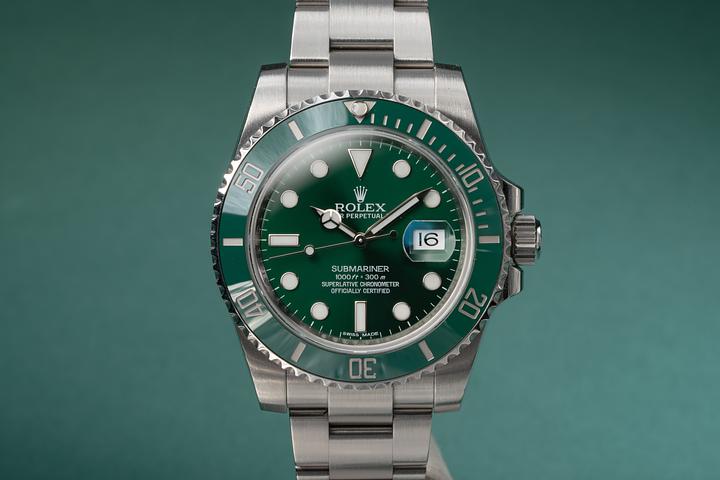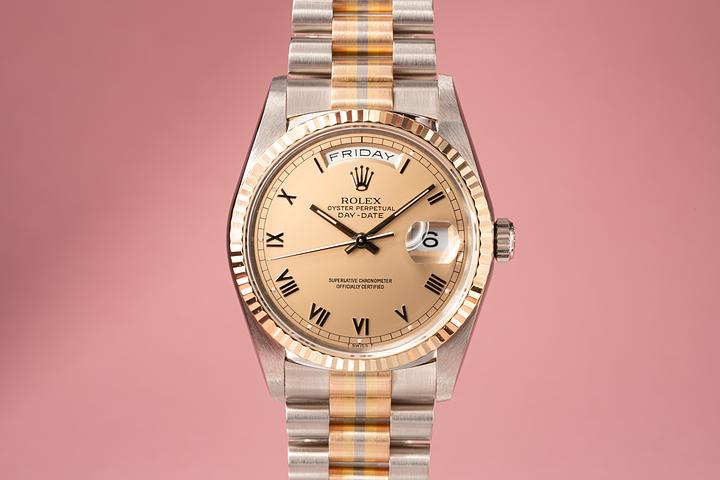How Many Rolex Watches Are Made Each Year Really

How Many Rolex Watches Are Made Each Year? An Inside Look at Swiss Craftsmanship and Watchmaking Volume
It’s a number people ask all the time, especially when they're eyeing that Submariner in the display case or trying to decode waitlists: how many Rolex watches are made every year? And it’s a fair question, considering the brand’s global status, its legendary Swiss roots, and—let’s admit it—the intrigue that swirls around Rolex’s mysterious production processes. So yeah, let's pull back the veil a bit, break it down, and look at the numbers, the history, and the "how" of Rolex manufacturing. And if you're distracted right now or toggling between this and your inbox—hey, same—I’ll keep it informative without diving into a rabbit hole of horological jargon.
Understanding Rolex’s Annual Production Numbers
Rolex produces an estimated 1 million watches per year. Yep, one million. That number tends to hover between 800,000 and 1.2 million, depending on who you ask and in which year. Rolex is famously tight-lipped about actual figures, but various watch industry experts—including analysis by Morgan Stanley and LuxeConsult—pin production around that solid range. For context, that puts Rolex ahead of most other luxury Swiss brands by a large margin. Yet, despite that million-watch figure, getting your hands on specific models (especially stainless steel sport references) can feel like trying to catch lightning in a bottle. So what gives?
The Secrecy Behind Rolex's Watch Production
Rolex doesn’t publish official production numbers. Not on its website, not in press releases, not at trade shows. Part of their magic lies in this strategic silence. But it’s not just smoke and mirrors. The brand owns and operates four wholly independent manufacturing facilities across Switzerland—Geneva, Bienne, Plan-les-Ouates, and Chêne-Bourg—which together control every aspect of the process, from movement manufacturing to case finishing to gem-setting. Rolex isn't just assembling watches; it’s crafting them from the ground up, pretty much in-house at every level. This level of vertical integration is rare, even in the stratosphere of high-end Swiss watchmaking.
A Brief History of Rolex’s Production Evolution
Rolex has been scaling smartly and quietly since its founding in 1905. Originally based in London, the company moved its operations to Switzerland in 1919—a decision that would cement its place in history. Back in the early 20th century, Rolex was producing perhaps a few thousand units annually. Fast forward to the quartz crisis of the 1970s, and while many Swiss brands faltered, Rolex doubled down. They built tougher, more reliable automatics and continued to innovate, setting the stage for mass yet meticulous production. The decision to go fully in-house, eliminating third-party suppliers for almost everything, allowed them to scale consistently without sacrificing their obsessive attention to detail.
Why a Million Still Feels Like Not Enough
Here’s the catch—Rolex is massive, but demand is even more massive-er. (Is that a word? It is now.) Despite making upwards of a million watches every year, they still can’t keep up with global demand. Why? Well, two main reasons. First, everything Rolex makes is built to extreme standards, so scaling beyond that magic million is harder than it sounds. They’re not going to crank up production by 40% just to flood the market. Second, the brand has cultivated an aura of scarcity. Supply never quite meets demand, which only fuels more demand. It's this tightrope walk between production volume and perceived exclusivity that Rolex has mastered—without making it feel manufactured or manipulative.
What “Swiss Made” Means for Rolex Production
The "Swiss Made" label on a Rolex isn’t just decorative; it’s regulated. According to Swiss law, for a timepiece to qualify, at least 60% of its manufacturing costs must be incurred in Switzerland, and the movement—aka the engine—has to be assembled and inspected there. Rolex easily clears that bar. In fact, it goes far beyond it. With more than 9,000 employees in Switzerland alone, Rolex ensures each watch that rolls off the line has met multi-level inspections, precision tests, and a COSC (Swiss Official Chronometer Testing Institute) certification. These steps take time—weeks, sometimes months—which partly explains why you don’t see Rolex watches being mass-produced in the way low-end fashion watches are. The Swiss watch industry values tradition, and Rolex epitomizes that ethos while still being a commercial powerhouse.
The Future of Rolex Production: Growth or Restraint?
Even as global demand continues to skyrocket—and resale prices often eclipse retail—you won’t see Rolex dramatically upping its production. If anything, expect gradual and sustainable growth. In 2023, Rolex broke ground on a new production site in Bulle, Switzerland, slated to open around 2029, which may signal a slow increase in output years down the road. But remember, Rolex doesn’t chase trends. It creates them. Every decision is deliberate, and that includes how many timepieces it makes in a year. So yeah, Rolex is producing about a million watches annually. It sounds like a lot on paper, but when the whole world’s vying for them, it suddenly feels very, very exclusive. And maybe that’s exactly the point.




